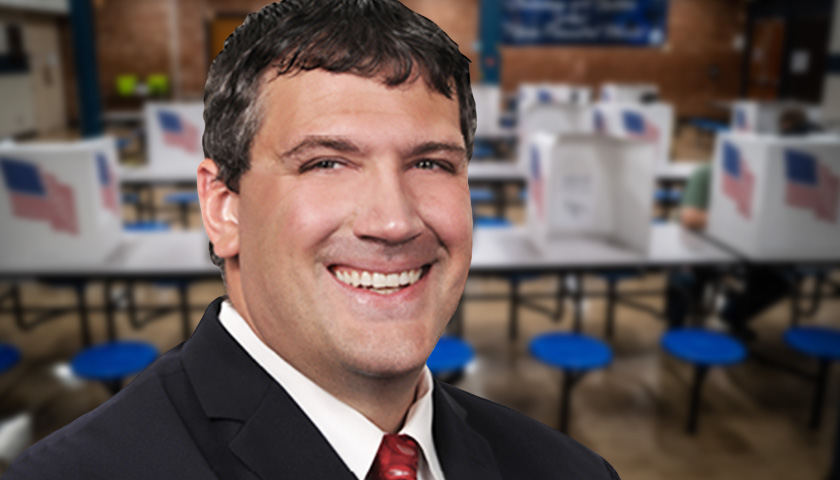The Ohio Senate Local Government and Elections Committee held its third hearing on Tuesday regarding legislation to end the state’s late-summer special elections, drawing supportive testimony from Buckeye Institute Research Fellow Greg R. Lawson.
Lawson’s Columbus-based center-right policy outfit backs the effort to eliminate these elections, which feature nominating contests for state legislative offices, state-party committee votes, and many ballot initiatives. The bill, sponsored by State Representative Thomas Hall (R-Madison Township), passed the State House of Representatives 68-22 last December and must pass the Senate and receive Governor Mike DeWine’s (R) signature in December to become law. All House members who opposed the measure last year were Democrats.
Lawson’s argument to committee members in favor of the change was twofold. First, it’s expensive to hold three elections across the state instead of two. In June, state lawmakers appropriated $20 million to this year’s special August primary.
Moreover, far fewer people show up for these mid-year votes. Only 7.9 percent of Buckeye State’s registered voters participated in this year’s August election. Lawson pointed out that figure is much lower than any turnout percentage for a November election in the state in recent memory.
In the last four decades, the most meager participation the state saw in a November election was 27 percent in 2013, a year in which the ballot featured neither state nor federal races. The lowest turnout in a year with state and federal contests was 41 percent in 2014, dwarfing this August’s turnout fivefold. Over 62 percent of voters show up for Ohio general elections on average.
Lawson said the upshot of scant summer participation is an undemocratic scenario in which powerful special interests and activists can affect the outcomes of ballot initiatives without needing to persuade most of the public to agree with them.
“Off-cycle elections empower a small but motivated fraction of voters to hold sway over the vast majority of voters who are likely unaware that a question has even been asked, let alone put on a ballot in August,” he explained. “Such tactics strike at the very heart of our American self-government and allow the few to unfairly rule the many.”
The most concerning instances of this for Lawson are municipal or school-district campaigns for approval of higher taxes that taxpayers might be inclined to resist but would not as readily make time to partake in due to anemic publicity. He suggested that lawmakers should go further to than the current House bill to ensure high voter participating in tax-levy decisions by only allowing those ballot questions to go before the voters in general elections during which federal or statewide elections also appear on the ballot. He said legislators could reasonably make exceptions for situations when the state auditor has declared a fiscal emergency.
“If Ohio continues to allow a tiny fraction of voting taxpayers to pass levies while the vast majority of voters remain understandably more concerned with summer’s family vacations or getting the kids ready for the new school year, then our democratic self-government will suffer, and the tail will continue to wag the dog,” Lawson concluded.
– – –
Bradley Vasoli is managing editor of The Ohio Star. Follow Brad on Twitter at @BVasoli. Email tips to [email protected].
Photo “Greg Lawson” by The Buckeye Institute. Background Photo “Election Day 2022” by Phil Roeder. CC BY 2.0.





